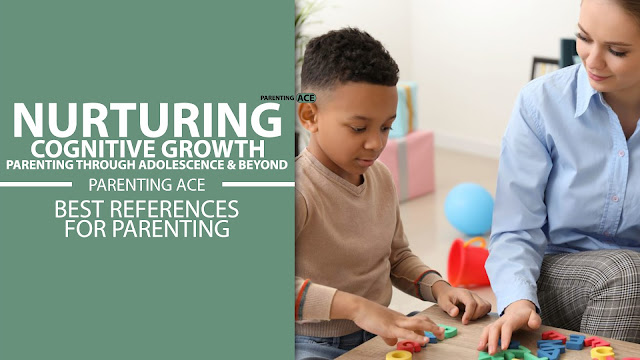Effective Strategies for Managing Tantrums and Meltdowns in Children
Tantrums and meltdowns are familiar challenges for parents and caregivers, often leaving them feeling overwhelmed and uncertain of how to respond. In this blog post, we delve into effective strategies for managing these emotional outbursts in children. From staying calm and validating feelings to providing a safe environment and teaching coping skills, join us as we explore practical approaches to navigate tantrums and meltdowns, fostering healthy emotional regulation and communication skills in children.
 |
| Effective Tantrum Management Strategies for Parents |
What Are Some Effective Ways To Handle Tantrums And Meltdowns?
Tantrums and meltdowns are common behavioral challenges experienced by children, often leaving parents and caregivers feeling overwhelmed and unsure of how to respond. These outbursts can occur for various reasons, including frustration, fatigue, hunger, or difficulty in expressing emotions. As a parent or caregiver, it's essential to have effective strategies in place to handle these situations calmly and constructively, fostering healthy emotional regulation and communication skills in children.
Understanding Tantrums and Meltdowns
Tantrums and meltdowns are different forms of emotional outbursts in children, each with distinct characteristics. Tantrums typically involve displays of anger, frustration, or defiance, often accompanied by screaming, crying, and physical actions such as stomping or hitting. Meltdowns, on the other hand, are more intense and overwhelming reactions, often triggered by sensory overload or emotional overwhelm, leading to uncontrollable crying, screaming, or even physical collapse.
Effective Strategies for Handling Tantrums and Meltdowns
- Stay Calm: One of the most critical steps in managing tantrums and meltdowns is to remain calm yourself. Taking deep breaths and maintaining a composed demeanor can help de-escalate the situation and model effective coping skills for the child.
- Validate Feelings: Acknowledge the child's emotions and let them know it's okay to feel upset or frustrated. Use phrases like, "I understand you're feeling angry right now," to validate their feelings and demonstrate empathy.
- Provide a Safe Environment: Ensure the child's safety during the outburst by removing any potential hazards and creating a calm, quiet space for them to express their emotions without fear of judgment or punishment.
- Use Distraction Techniques: Redirect the child's attention away from the trigger of the tantrum by offering a distraction, such as a favorite toy, book, or activity. Engaging their focus elsewhere can help diffuse the intensity of the outburst.
- Set Clear Boundaries: Establish and communicate clear boundaries and expectations with the child, reinforcing appropriate behavior while gently but firmly addressing unacceptable actions.
- Teach Coping Skills: Encourage the child to use positive coping mechanisms, such as deep breathing, counting to ten, or taking a break in a quiet space, to help regulate their emotions during moments of distress.
- Follow Through with Consequences: If necessary, implement appropriate consequences for negative behavior, such as a time-out or loss of privileges, but ensure they are consistent and fair.
Tantrums and meltdowns are natural aspects of child development, but they can be challenging for parents and caregivers to manage effectively. By employing strategies such as staying calm, validating feelings, providing a safe environment, using distraction techniques, setting clear boundaries, teaching coping skills, and following through with consequences, parents can help children learn to regulate their emotions and communicate their needs more effectively. Remember, patience, empathy, and consistency are key in navigating these challenging moments and promoting healthy emotional development in children.




